Blogs & News
We are focus on automotive wiring harness & connectors technology.
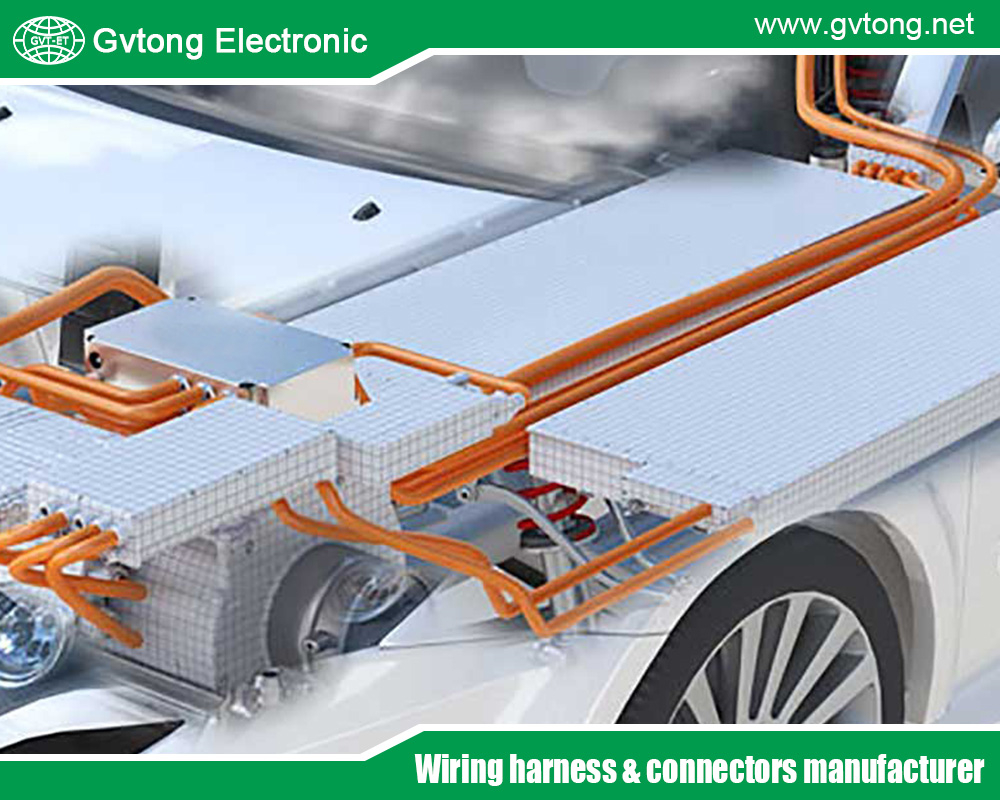
Automotive Antenna Connectors: Enabling Seamless Connectivity in Modern Vehicles
- Gvtong Electronic
- 10-cavity connector manufacturer, 12 volt 2 pin waterproof connector, 2 pin waterproof electrical connector, 2 Pin Way Car Waterproof Electrical Connector, 3-cavity connectors, ADAS sensor connectors, Anti-vibration automotive connectors, automotive antenna connector, automotive camera connector, Automotive Coaxial Camera Connectors, automotive coaxial connector, automotive connector, Automotive Connector and Cable Products, automotive connector companies, automotive connector manufacturer, Automotive Connector Supplier, Automotive Connector Terminals, automotive connectors factory, automotive diagnostic connector, automotive hybrid connector, automotive optical fiber connector, Automotive power distribution connector, Automotive shielded connectors, automotive vibration - resistant, Battery management system (BMS) connectors, best automotive antenna connector, Blind-mate automotive connectors, EV charging connectors, High-speed data connectors, High-temperature resistant connectors, Lightweight automotive connectors, Low-contact resistance connectors, Modular automotive connectors, Oil-resistant automotive connectors, Pre-charge/discharge connectors, V2X communication connectors, V2X communication connectorsIn-cabin infotainment connectors
- No Comments
Automotive Antenna Connectors: Enabling Seamless Connectivity in Modern Vehicles
In the era of connected, autonomous, and electrified vehicles, seamless wireless communication is a cornerstone of automotive innovation. Automotive antenna connectors play a pivotal role in this ecosystem, serving as the critical link between a vehicle’s antennas and its electronic systems. These specialized connectors ensure reliable transmission of radio frequency (RF) signals for applications like GPS navigation, 5G connectivity, satellite radio, and vehicle-to-everything (V2X) communication. As vehicles evolve into sophisticated hubs of data and connectivity, antenna connectors are more essential than ever, enabling the high-frequency, low-loss signal transmission needed for modern mobility.
This article provides an in-depth exploration of automotive antenna connectors, covering their definition, types, applications, design considerations, challenges, and emerging trends. By understanding their role and evolution, we gain insight into how these compact components are driving the future of connected vehicles.
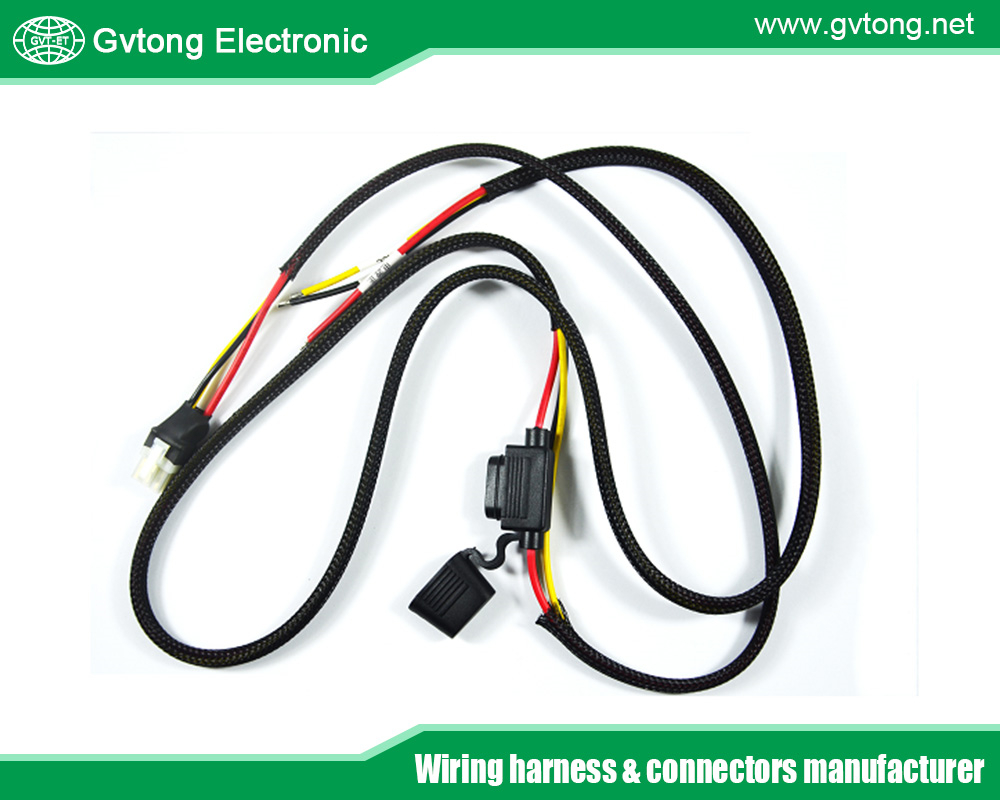
What Are Automotive Antenna Connectors?
Automotive antenna connectors are specialized coaxial connectors designed to transmit high-frequency RF signals between antennas and a vehicle’s electronic systems, such as telematics modules, infotainment units, or communication ECUs. These connectors are engineered to handle signals in the megahertz to gigahertz range, ensuring minimal signal loss and electromagnetic interference (EMI) while operating in the harsh automotive environment. Typically, they function at low voltages (below 60V DC) and are optimized for durability, compactness, and reliability.
Key Characteristics
- High-Frequency Performance: Support RF signals for applications like GPS (1.5 GHz), 5G (up to 6 GHz), and radar (up to 79 GHz).
- Shielding: Concentric shielding minimizes EMI, ensuring clean signal transmission.
- Environmental Durability: Resistant to temperature extremes, moisture, vibrations, and chemicals.
- Compact Design: Engineered for space-constrained vehicle environments.
Importance in Vehicles
Antenna connectors are the gateway to wireless connectivity in vehicles. They enable critical functions like real-time navigation, remote diagnostics, and V2X communication, which are essential for safety, convenience, and efficiency. As vehicles become more connected and autonomous, the demand for reliable, high-performance antenna connectors continues to grow, making them a linchpin of modern automotive design.
Types of Automotive Antenna Connectors
Several types of antenna connectors are used in automotive applications, each tailored to specific frequency ranges, sizes, and performance requirements:
Fakra Connectors
Fakra (Fachkreis Automobil) connectors are the automotive industry’s standard for RF applications. These coaxial connectors are color-coded and keyed to prevent mismating, supporting frequencies up to 6 GHz. They’re widely used for GPS, cellular, and satellite radio connections.
SMA Connectors
SubMiniature Version A (SMA) connectors are high-performance connectors capable of handling frequencies up to 18 GHz. They’re used in precision applications like radar and high-frequency telematics, offering excellent signal integrity.
SMB Connectors
SubMiniature Version B (SMB) connectors are smaller, with a snap-on design, supporting frequencies up to 4 GHz. They’re ideal for compact applications like infotainment or telematics modules.
HSD Connectors
High-Speed Data (HSD) connectors, while primarily for digital signals, are increasingly used in RF applications like automotive Ethernet and camera systems. They support frequencies up to 6 GHz and are designed for high-speed, shielded connections.
Mini-Fakra Connectors
Mini-Fakra connectors are a compact evolution of Fakra, designed for high-density applications in modern vehicles. They support frequencies up to 9 GHz, making them suitable for 5G and radar systems.
Materials
- Central Conductor: Copper or copper alloys for high conductivity.
- Shield: Braided or foil copper/aluminum to block EMI.
- Dielectric: Low-loss materials like PTFE or polyethylene for signal isolation.
- Housing: Durable plastics (e.g., PBT, polyamide) or metal for environmental protection.
Applications in Modern Vehicles
Automotive antenna connectors are integral to a wide range of systems, enabling wireless communication in demanding environments.
Telematics and V2X Communication
Telematics systems rely on antenna connectors for:
- Cellular Connectivity: Fakra or Mini-Fakra connectors enable 4G/5G communication for real-time traffic updates and remote diagnostics.
- V2X: Supports vehicle-to-vehicle (V2V), vehicle-to-infrastructure (V2I), and vehicle-to-cloud communication, critical for smart traffic systems.
Navigation Systems
GPS and GNSS (Global Navigation Satellite System) modules use antenna connectors like Fakra or SMA to ensure precise location tracking for navigation and autonomous driving.
Infotainment Systems
Antenna connectors enable high-quality audio and data for:
- AM/FM and DAB Radio: Fakra connectors ensure clear signal reception.
- Satellite Radio: SMA or SMB connectors deliver uninterrupted audio streams.
Advanced Driver Assistance Systems (ADAS)
ADAS relies on radar and cameras, which use antenna connectors for:
- Radar Sensors: SMA or Mini-Fakra connectors handle 77 GHz signals for adaptive cruise control and collision avoidance.
- Camera Systems: HSD connectors support high-resolution video feeds.
Autonomous Driving
Self-driving vehicles require massive data from radar, LIDAR, and V2X systems. Antenna connectors like Mini-Fakra ensure high-frequency signals reach processors with minimal latency.
Electric Vehicles (EVs)
EVs use antenna connectors in telematics and battery management systems, supporting wireless diagnostics and charging status updates.
Specific Examples
- 5G Modules: Mini-Fakra connectors in 5G antennas enable ultra-low-latency V2X communication.
- Shark-Fin Antennas: Fakra connectors in roof-mounted antennas support multiple RF signals (GPS, cellular, radio) in one unit.
Design Considerations
Designing automotive antenna connectors requires balancing electrical performance, environmental durability, and practical constraints.
Signal Integrity
High-frequency signals are sensitive to loss and interference:
- Impedance Matching: Most antenna connectors are designed for 50 ohms to minimize signal reflection.
- Low Insertion Loss: Ensures minimal signal attenuation.
- Shielding Effectiveness: Blocks EMI from nearby electronics or external sources like power lines.
Environmental Resistance
Antenna connectors, often located externally (e.g., roof antennas), face harsh conditions:
- Moisture and Dust: IP67 or IP68 ratings protect against water and contaminants.
- Temperature Extremes: From -40°C to 85°C for exterior applications.
- Vibration and Shock: Robust locking mechanisms prevent disconnection.
- Chemical Exposure: Resistance to road salts, oils, and UV radiation.
Miniaturization
With vehicles integrating more antennas (e.g., for 5G, V2X, and radar), connectors must be compact. Mini-Fakra and HSD designs maximize signal density in tight spaces.
Frequency Range
Connectors must support increasing frequencies, from 1.5 GHz (GPS) to 79 GHz (radar), requiring low-loss dielectrics and precise engineering.
Standards and Testing
Antenna connectors comply with standards from SAE, ISO, and USCAR. Testing includes:
- RF Performance: To verify signal quality across frequencies.
- Environmental Tests: For temperature, humidity, and vibration resistance.
- Salt Spray Tests: To ensure corrosion resistance in coastal environments.
Challenges in Antenna Connector Design
Designing automotive antenna connectors presents several challenges:
Electromagnetic Interference (EMI)
The proliferation of vehicle electronics increases EMI risks, degrading RF signals. Robust shielding and grounding are essential but add complexity.
High-Frequency Performance
As frequencies rise (e.g., 6 GHz for 5G, 79 GHz for radar), connectors face greater signal loss and distortion. Advanced materials like low-loss dielectrics are costly but necessary.
Miniaturization vs. Performance
Smaller connectors save space but risk reduced shielding or mechanical strength. Balancing size and performance requires innovative designs like Mini-Fakra.
Environmental Durability
Exterior connectors must achieve high IP ratings and resist corrosion, especially in wet or salty conditions, without compromising RF performance.
Cost Pressures
Automakers demand cost-effective solutions. Designers must optimize materials and manufacturing processes while meeting stringent RF and durability standards.
Solutions and Innovations
- Low-Loss Dielectrics: Materials like PTFE reduce signal loss at high frequencies.
- Multi-Port Designs: Combine multiple RF signals in one connector to save space.
- Sealed Connectors: Overmolding and gaskets enhance waterproofing.
- Automated Manufacturing: Improves precision and reduces costs.
Future Trends
The future of automotive antenna connectors is shaped by automotive megatrends:
5G and 6G Connectivity
The rollout of 5G and future 6G networks will demand connectors like Mini-Fakra to support higher frequencies and ultra-low latency for V2X and telematics.
Autonomous Vehicles
Self-driving cars rely on multiple antennas for radar, LIDAR, and V2X. Compact, high-frequency connectors will be critical for real-time data processing.
Smart Antennas
Antenna connectors with embedded diagnostics could monitor signal quality or environmental exposure, enabling predictive maintenance.
Sustainable Materials
Eco-friendly plastics and recyclable metals will align with automotive sustainability goals, reducing environmental impact.
Integration with Hybrid Connectors
Hybrid connectors combining RF, power, and digital signals will reduce connector count, simplifying wiring and saving space.
Increased Antenna Density
Vehicles are adopting multi-antenna systems (e.g., MIMO for 5G). Miniaturized connectors like Mini-Fakra will support higher antenna density without compromising performance.
Case Studies and Real-World Impact
- Tesla’s Connectivity: Tesla uses Fakra and Mini-Fakra connectors in its roof antennas for 5G, GPS, and Wi-Fi, enabling OTA updates and real-time navigation.
- Waymo’s Autonomous Vehicles: Waymo’s self-driving cars rely on SMA connectors for 77 GHz radar, ensuring precise object detection in all conditions.
- Commercial Fleets: Telematics systems in trucks use HSD and Fakra connectors for 5G-based tracking, improving logistics efficiency.
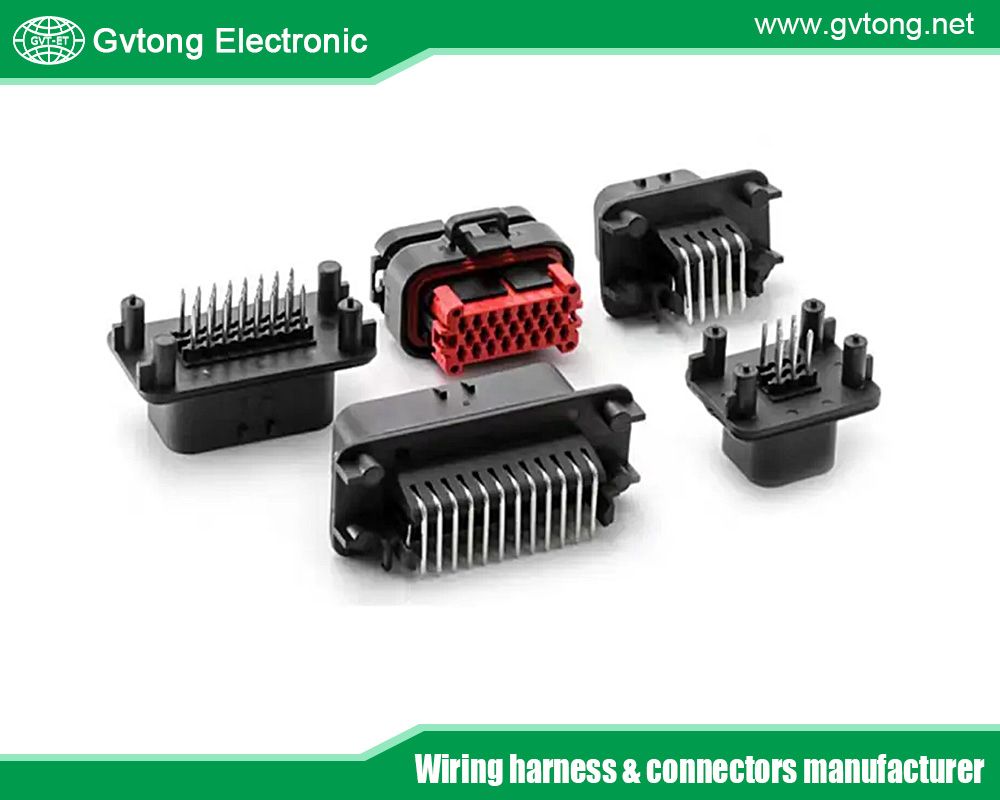
Conclusion
Automotive antenna connectors are the unsung heroes of vehicle connectivity, enabling the high-frequency RF signals that power navigation, safety, and communication systems. Their design balances signal integrity, environmental durability, and compactness, meeting the rigorous demands of the automotive environment. Challenges like EMI, high frequencies, and cost drive continuous innovation, from advanced materials to smart diagnostics. As vehicles embrace 5G, autonomy, and sustainability, antenna connectors will evolve, supporting higher frequencies, denser antenna arrays, and greener designs.
Next time you navigate with GPS, stream satellite radio, or rely on radar to avoid a collision, consider the antenna connectors making it possible. They may be small, but their role in shaping the connected vehicle revolution is immense.
For more about the best automotive antenna connectors: enabling seamless connectivity in modern vehicles, you can pay a visit to Gvtong at https://www.gvtong.net/ for more info.
Recent Posts
The Best GR Series-Circular Connectors Manufacturer
The Best GD Series Combined Power Connector Manufacturer
A Guide to Selecting the Best GH Series Plastic Connector Manufacturer
How High Pressure Connectors Work?
The Best Automotive Connector Companies
Tags
Recommended Products
-
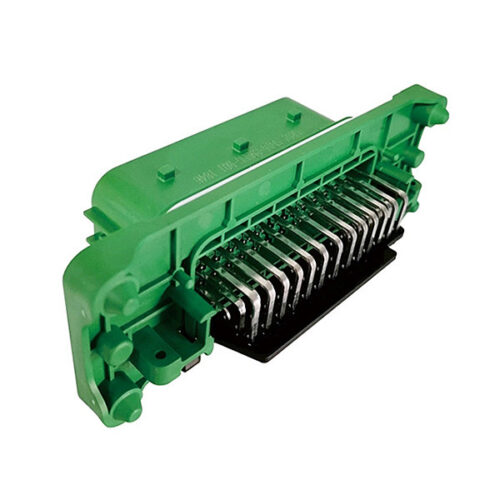
Rectangular connector-39 core socket
-

DC terminal
-
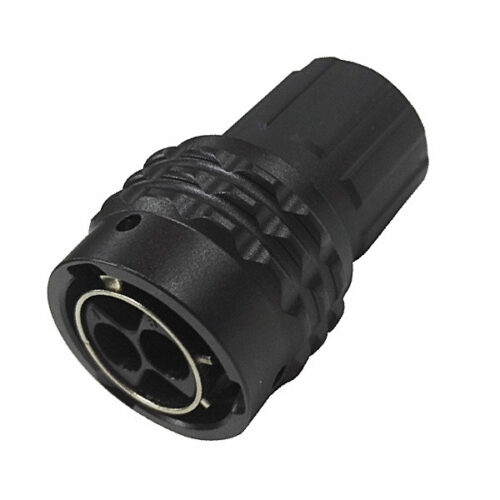
GR Series-2-core 12# circular signal connector
-
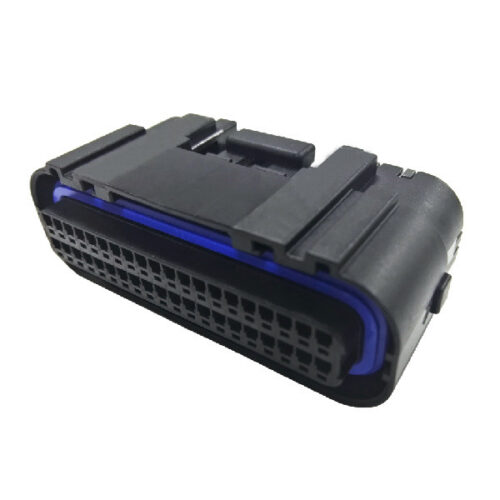
GE Series-34/40-core double-row signal connector
-
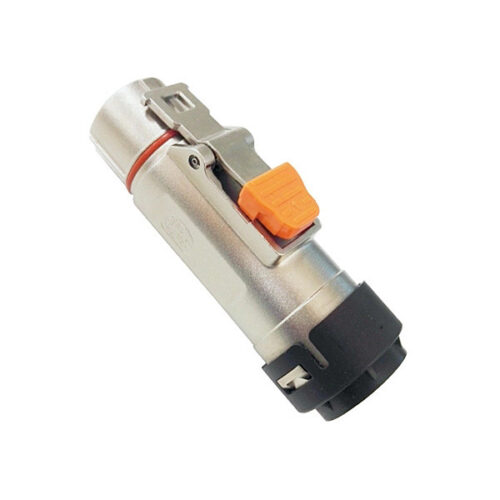
Straight metal connector-10mm-single core
-
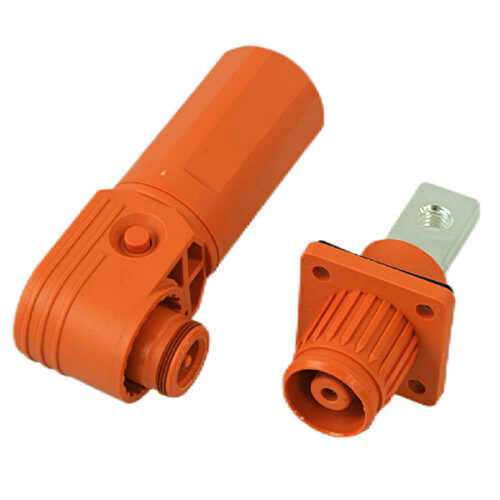
GB Series-Energy Storage Connector-10.0mm
-
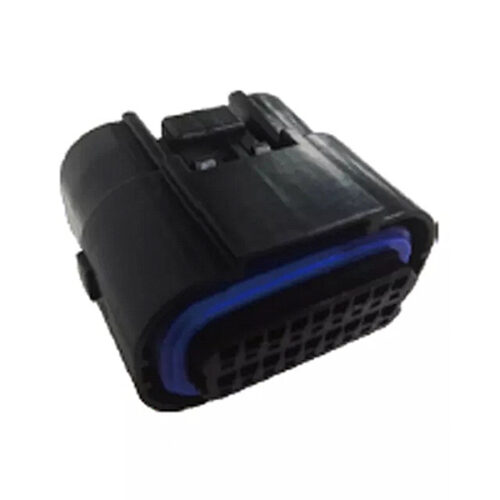
Signal connector-waterproof, double row, 18/26 core
-
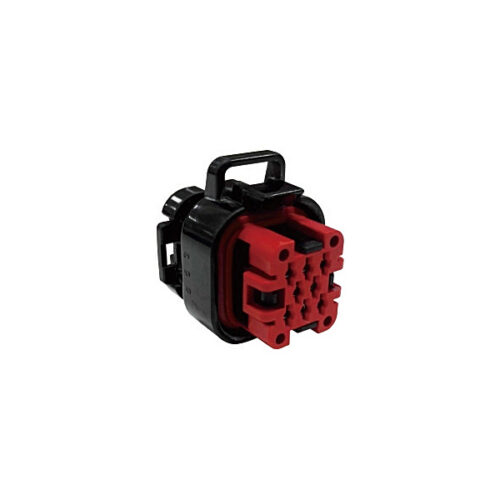
Signal connector – waterproof, three-row, 8-pin
